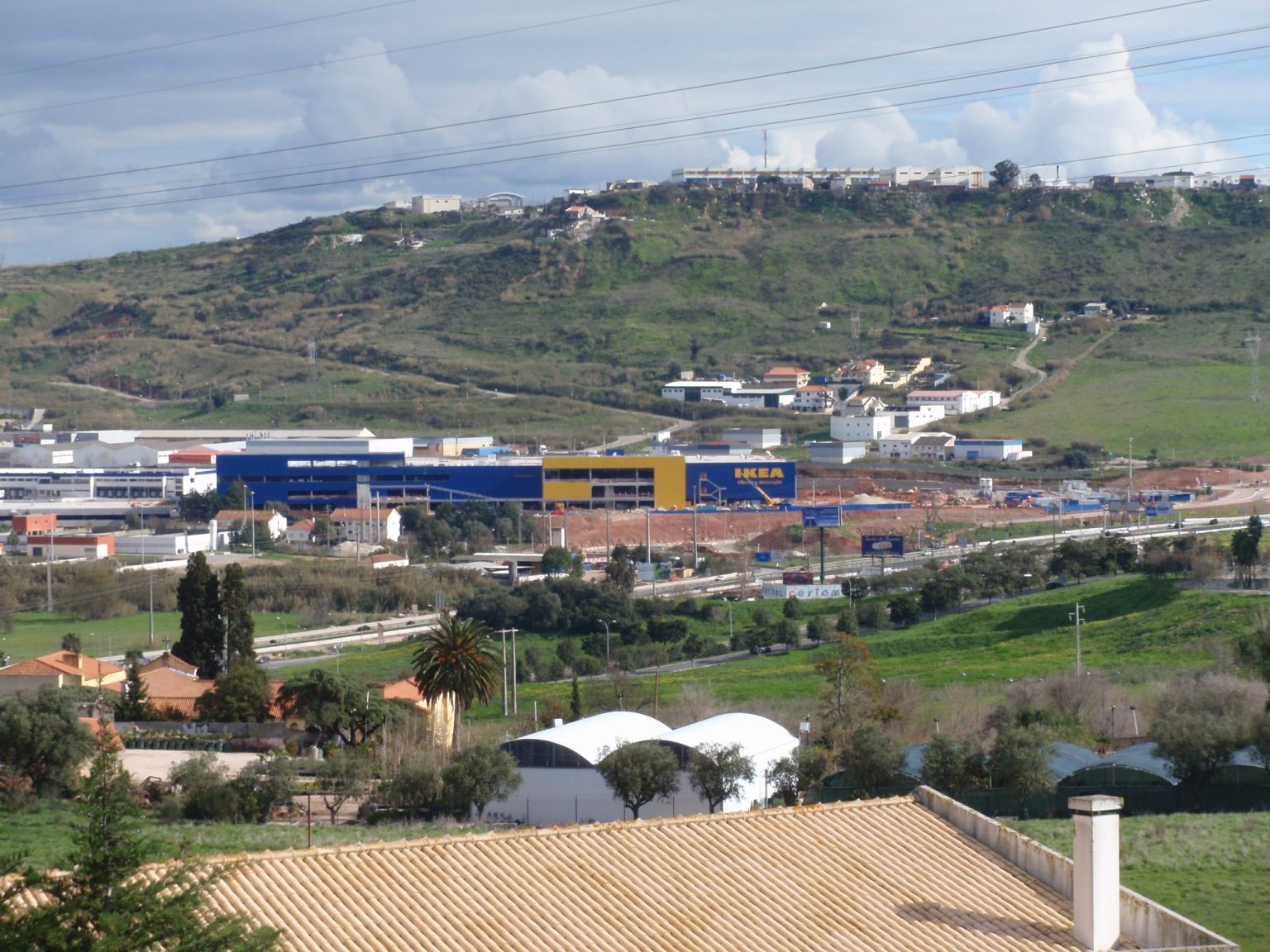In the year 2006, none other than Warren E. Buffett, the chief executive of Berkshire Hathaway ̶ currently valued at $80bn ̶ said in a New York Times interview, There’s class warfare, all right, but it’s my class, the rich class, that’s making war, and we’re winning. For the last fifteen years, some people might have been wondering what did Mr. Buffett mean by “class” and “class war”?
In the year 1846, Karl Marx wrote on the issue of class that, The separate individuals form a class only insofar as they have to carry on a common battle against another class; otherwise they are on hostile terms with each other as competitors. Most of the time, Buffett’s and Marx’s two classes – workers and capital – are in competition with each other inside their class. Individual capital (companies and corporations) compete with other companies and corporations and labor (individual workers) competes with other workers’ labor. Each class does this until they start competing with the other class.
At that moment labor is “making war” against capital and capital is “making war” against labor (in Buffett’s words). Internal competition becomes re-directed against the other class in a new and now: worker-vs.-capital struggle. Warren Buffett talked about his class and its class war against labor and that capital is winning.
Inside Buffett’s capital class and Marx’s laboring class, one should not be tempted to fall for the fairytale of a unified class of capital and a unified working class. The case of Brexit, for example, positioned a domestic and small business owning class against an international class in favor of the EU and globalization. In the case of the working class, this class has also been split into several layers – from middle-managers to the precariat. The class that sells its labor can be understood from three perspectives:
1. Political Economy: in the field of the political economy, individuals are converted by capital into employees or human resources;
2. The Social Milieu: individuals are understood as members of their social milieu or lifeworld; and finally,
3. The Political Actor: there is also the class as a political actor. For capital it is property, business and commerce and for labor it is civil rights, liberty, labor law and democracy.
In all three spheres we see a fragmentation and individualization of class even though terms such as fragmentation and individualization tend to describe symptoms. On the whole, their explanatory power is rather limited. Yet, fragmentation and individualization remain part of an overall disciplinarian process that is organized and run from above. This process seeks the creation of atomistic individuals strapped to the eternal treadmill of competition as prescribed by neoliberalism. Despite this, the class targeted by Warren Buffett’s class of capital is not to be understood solely as a victim of repression and exploitation defined by a deficit of power, income, competencies and the ability to act autonomously.
The ability to act autonomously has a long history dating back to the emergence of cities where an early bourgeoisie class inside medieval and feudalist states emerged. These localized “burghers” started to communicate and in this process developed not just class awareness – often against a feudal lord – but also producing what we today call liberal or civil society. One of the earliest manifestations of this movement may well be signified in the Magna Carta Libertatum of 1215.
For all this, the aforementioned social milieu in which family relations, tribes, clans and later communities played an important role. It furnished the creation of organized forms of political as well as work-related communities inside early factories and workshops. Many of these political and commercial communities were never organized horizontally based on what German philosopher Hegel would have called mutual and equal recognition of individuals. Instead, political and even more so commercial relationships were vertical top-down relationships often governing forms of exploitation. These mirror Marx’s and Buffett’s classes.
Perhaps not so much Buffett but definitely Marx would have seen the relationship between these two classes was not purely based on exploitation. Similar to Marx, German sociologist Max Weber saw class not purely based on Hegel’s master-vs.-servant relationship. Instead, Weber saw the two class as Gliederungen – a structure of specialized functions that simultaneously complement and depend on each other.
If one does not reduce class to economics, what emerges is an understand of class as a social entity. This social class becomes highly relevant for the development of the working class and its counter-balancing institutions set against capital: trade unions, workers cooperation, civil-, voting-, social-welfare- and labor law as well as political parties that support workers.
Ultimately all of this is linked to the famous transition from class in-itself to class for-itself which is developed through learning during processes of struggles. For workers, it is the struggle against capital and for Buffett’s class it is the struggle against workers. Out of this struggle class arises – the working class as well as Buffett’s class of capital.
Yet, Buffett’s words also mark the rupture of a historical contingency that had existed roughly since the end of World War II (WWII). This post-WWII period was signified by a class compromise between big labor and big capital furnishing rising living standards. It lasted until the 1980s. By the 1980s, neoliberalism’s class politics began to end the previous “win-win” years of economic growth. The results of this growth were rather more equally distributed. All this ended with the dawn of neoliberalism instigated by Ronald Reagan, Maggie Thatcher and Hayek’s support for the torturing dictator of Chile. It signaled the start of an all-out attack of capital on labor. Today, this is illustrated in Buffett’s words.
From that time on, it meant that the increase of wealth indicated that the rise of the one class comes with the lowing of wealth the other class. Post-War II’s win-win became zero-sum’s I win, you lose! Much of this was ideologically camouflaged by the ideology that neoliberalism will rise all boats. In reality, it never has and it never will. Neoliberalism is about the exact opposite.
Neoliberalism’s second big ideology – trickle down economics – meant (and still means) a gigantic vacuuming up of wealth from one class towards Buffett’s class. This is yet another meaning for what Buffett meant when saying, my class is winning. What all this also means that the class of those who have to sell their labor is confronted with the rigorous and very successful class politics of capital.
With a sufficient propaganda apparatus in place and the Iron Law of Media Capitalism running its course, Buffett’s side of the equation is becoming bold. This can be seen in workplaces and in politics. For about four decades, Buffett’s class has fine-tuned its ideological and propagandistic instrument to engineer what German philosopher Adorno once called mass deception. We see the end result in that most countries that consider themselves to be democratic are governed by either conservatives or right-wing populists most of the time.
Meanwhile, inside companies and corporations the rise of Buffett’s class means that management is strengthened while trade unions are weakened most through two forces: a) reform of labor law that turns labor law into pro-business law working against workers and for corporate profits; and b) through a relentless attack of corporate mass media on trade unions – almost no positive news is ever shown about trade unions, strikes, etc. on TV.
Beyond that, the class of workers remains divided into three sub-groups: i) the group of the petit-bourgeois middle-managers; ii) the group of skilled laborer; iii) and finally the group of those Hegel called rabble, Marx called Lumpenproletariat, and more recently, the term precariat has been applied. This is reflected in three different kinds of social milieus:
1. The highly educated: At the top of the working class, we find the upper-middle-class milieu of middle-managers and petit-bourgeois. Increasingly, this is defined by employees with higher education. This is the rising milieu of academic intellectuals of the knowledge worker.
2. The skilled middle: Secondly, there still is the so-called respectable middle-class consisting of non-university and non-college trained skilled workers dedicated to the practicalities of capitalism.
3. The precariat: Finally, there is the milieu of the precariat and the working poor with low level of education, low social status and insecure working lives.
Class in many OECD countries and under conditions of neoliberalism and austerity increasingly means that the highly educated top the working class (the so-called knowledge workers, etc.) and the bottom (the precariat, the working poor, etc.). Meanwhile, the middle section of skilled workers is shrinking. The post-WWII class compromise meant roughly a distribution of 20% of workers that are in the highly educated group; about 70% are in the skilled middle group; and about 10% are in the lower group. Since neoliberalism started to hold sway, the size of these three groups has been shifting. The upper and the bottom level have been growing for many years. What was once a concave – tu – class with a strong middle section and not much at the top and bottom increasing depicts a convex image – ut – a strong top and bottom with a weak middle section.
For the widening group at the bottom, the propaganda apparatus promises opportunities to move up while at the same time social mobility is declining. This is the Orwellian twist. It means the exact opposite of what is claimed by the propagandists of neoliberalism is happening. Trickle-down economics become a gigantic vacuuming up of wealth towards Buffett’s class. Neoliberalism’s “all boats are rising” ideology means that some enjoy yachts with ever increasing sizes and staffing levels while others do the rowing for less and less.
The neoliberal promise of opportunities is flanked by a decline of permanent jobs (never mind lifetime jobs!), income and workplace training. For the middle group, education has been restructured to mirror the ideology of neoliberalism. Any emancipatory element has been eliminated – a process that again is flanked by the eternal claim of fostering critical thinking. The more this is announced the less it is done.
Meanwhile education has been reduced to functional training in favor of testing and assessments and the measuring of those elements that are functional imperatives for corporate capitalism. As the middle group is shrinking and education becomes purely functional training for capitalism, those Donald Trump calls the poorly educated are increasing in numbers.
In the 1920s and early 1930s German sociologist and film critique Siegfried Kracauer saw some people in these three groups as cohorts that were receptive for Nazi propaganda. The fell prey to a sophisticated apparatus of propaganda. Today, propaganda is no longer a fashionable word. Today, it is called public relations.
The current sophisticated forms of propaganda and public relations entice the Donald Trump “uneducated” to support right-wing populism. As a consequence, some members of these groups are voting for Donald Trump, for Jair Bolsonaro, for Boris Johnson, for Brexit, for Viktor Orban, for Duterte, for Modi – the list goes on. Overall however, Warren Buffett was right when saying, There’s class warfare, all right, but it’s my class, the rich class, that’s making war, and we’re winning. There is indeed class war and it is Mr. Buffet’s class that is making the class war and it is his class that is winning.
This article was published at BuzzFeed on 13 May 2021.
The Barricade is an independent platform, which is supported financially by its readers. If you have enjoyed reading this article, support The Barricade’s existence! See how you can help – here! Also, you can subscribe to our Patreon page.
The Barricade also has a booming Telegram channel, a Twitter account and a YouTube channel, where all the podcasts are hosted. It can also be followed in Rumble, Spotify, SoundCloud and Instagram.










